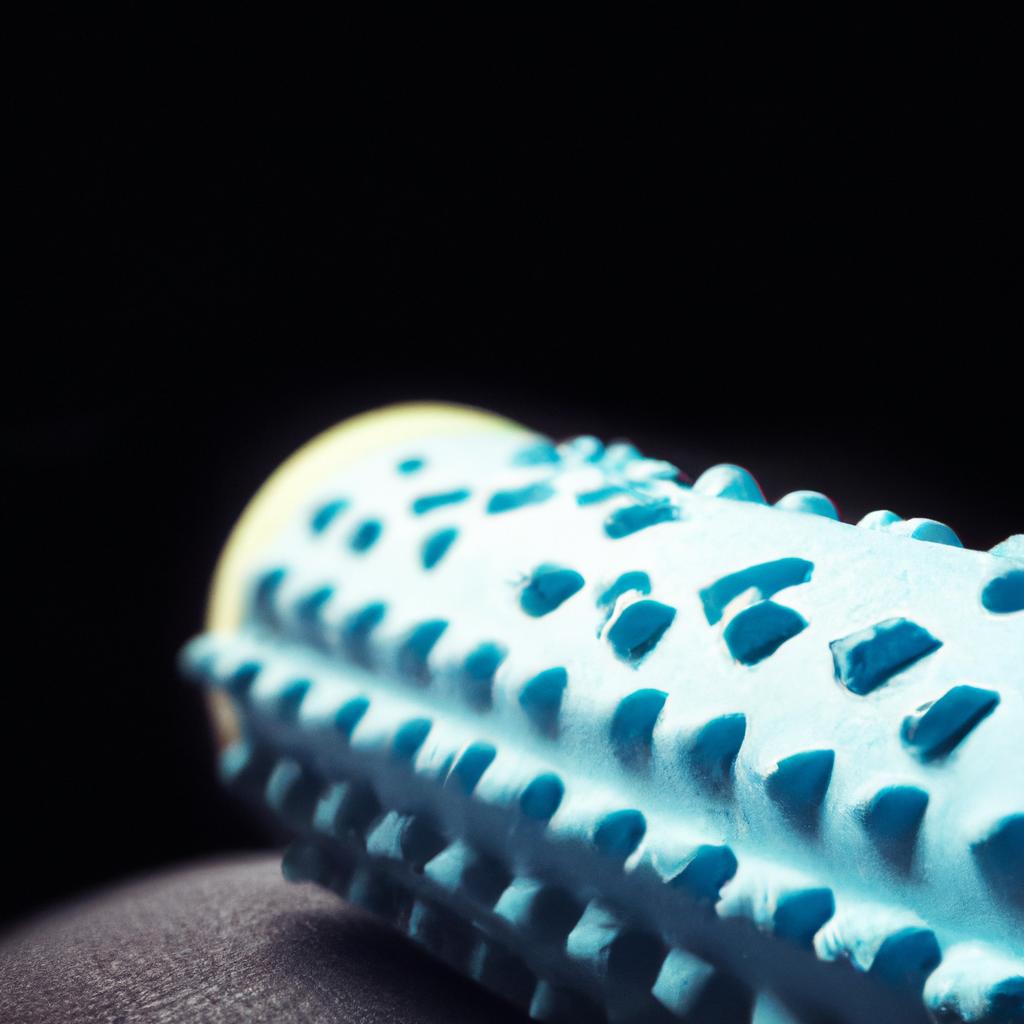**”The Role of Foam Rolling in Enhancing Flexibility: Techniques to Improve Muscle Elasticity and Mobility for Athletes”**
The Role of Foam Rolling in Enhancing Flexibility: Techniques to Improve Muscle Elasticity and Mobility for Athletes
In the world of sports and fitness, flexibility and mobility are crucial components that can significantly impact an athlete’s performance. While traditional stretching methods have long been the go-to for improving flexibility, foam rolling has gained popularity as a complementary technique that offers numerous benefits. This blog post will delve into the role of foam rolling in enhancing flexibility, explore effective techniques, and provide nutritional tips and health benefits that can help athletes elevate their game.
Understanding Foam Rolling
What is Foam Rolling?
Foam rolling is a self-myofascial release technique that involves using a foam roller to apply pressure to specific areas of the body. This practice helps release muscle tightness, improve blood flow, and enhance overall muscle elasticity. By targeting trigger points, foam rolling can alleviate soreness and stiffness, making it an essential tool for athletes.
How Does Foam Rolling Work?
When athletes apply pressure to their muscles with a foam roller, they essentially engage in a form of self-massage. This action stimulates the fascia—the connective tissue surrounding muscles—which can become tight and restrict movement. Consequently, foam rolling helps to break down adhesions and knots, allowing for greater muscle flexibility. Moreover, this increased flexibility can lead to improved mobility and a reduced risk of injury during training or competition.
Techniques for Effective Foam Rolling
Targeting Key Muscle Groups
To maximize the benefits of foam rolling, athletes should focus on specific muscle groups that are commonly tight or overworked. Key areas include:
1. **Quadriceps and Hamstrings**: These major muscle groups often bear the brunt of athletic activity. Therefore, rolling them can enhance flexibility and reduce soreness.
2. **Calves**: Tight calves can significantly limit ankle mobility. Consequently, rolling these muscles can improve overall leg function.
3. **Back and Shoulders**: Tension in these areas can hinder upper body mobility. In addition, foam rolling can help alleviate discomfort and improve range of motion.
Foam Rolling Techniques
To effectively incorporate foam rolling into an athlete’s routine, consider the following techniques:
1. **Slow and Steady Pressure**: Roll over the targeted muscle group slowly, spending about 30 seconds on each area. This allows time for the muscle fibers to relax and adapt to the pressure.
2. **Focus on Trigger Points**: When a particularly tight spot is found, hold pressure on that area for 20-30 seconds. This technique can help release muscle knots and improve elasticity.
3. **Incorporate Movement**: To further enhance flexibility, combine foam rolling with dynamic movements. For example, rolling the quadriceps while performing leg swings can promote improved muscle elasticity.
Nutrition Tips for Enhanced Flexibility
While foam rolling is an effective technique for improving flexibility, nutrition also plays a vital role in muscle health and recovery. Here are some dietary tips to consider:
Hydration is Key
Staying well-hydrated is crucial for muscle function and flexibility. Dehydrated muscles can become stiff and more prone to injury. Therefore, athletes should aim to drink adequate water before, during, and after workouts.
Anti-Inflammatory Foods
Incorporating anti-inflammatory foods, such as fatty fish, nuts, seeds, and leafy greens, can help reduce muscle soreness and enhance recovery. Consequently, a diet rich in these foods can support better overall muscle elasticity and mobility.
Protein for Muscle Repair
Adequate protein intake is essential for muscle repair and growth. Athletes should focus on consuming lean protein sources, such as chicken, turkey, beans, and legumes, to support their training efforts.
Health Benefits of Foam Rolling
Foam rolling does not just enhance flexibility; it also offers several other health benefits that can be advantageous for athletes:
Reduced Muscle Soreness
Research has shown that foam rolling can help reduce delayed onset muscle soreness (DOMS) after intense workouts. Therefore, athletes who incorporate foam rolling into their routine may experience faster recovery times.
Improved Circulation
Foam rolling promotes blood flow to the targeted areas, which can enhance nutrient delivery and waste removal. Consequently, improved circulation can lead to better muscle function and overall performance.
Enhanced Range of Motion
Regular foam rolling can help increase range of motion in joints, allowing athletes to perform movements more effectively. Furthermore, this increased mobility can contribute to better athletic performance and reduced injury risk.
Conclusion
In conclusion, foam rolling is a powerful tool that can significantly enhance flexibility, muscle elasticity, and overall athletic performance. By incorporating effective techniques, maintaining a balanced diet, and understanding the health benefits associated with foam rolling, athletes can take their training to the next level. Therefore, whether you are a seasoned athlete or just starting your fitness journey, consider adding foam rolling to your routine for optimal flexibility and mobility.
FAQ
What are the primary benefits of foam rolling for athletes?
Foam rolling offers several benefits for athletes, including reduced muscle soreness, improved circulation, and enhanced range of motion. By alleviating muscle tightness and promoting blood flow, foam rolling can help athletes recover faster and perform movements more effectively, ultimately reducing the risk of injury.
How often should athletes incorporate foam rolling into their routine?
Athletes should consider incorporating foam rolling into their routine several times a week, ideally before and after workouts. This practice can help prevent muscle tightness and soreness while enhancing flexibility and mobility, leading to improved overall performance.
What techniques should athletes use while foam rolling?
Effective foam rolling techniques include applying slow and steady pressure over targeted muscle groups for about 30 seconds, focusing on trigger points by holding pressure on tight spots for 20-30 seconds, and incorporating movement by combining rolling with dynamic exercises, such as leg swings. These approaches can maximize the benefits of foam rolling and improve muscle elasticity.















Post Comment